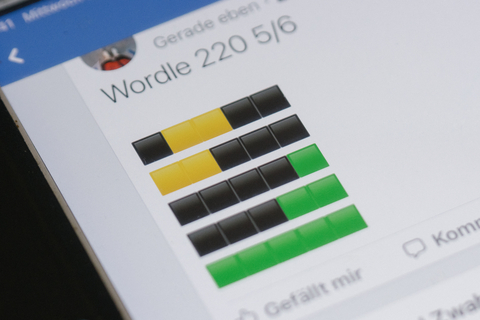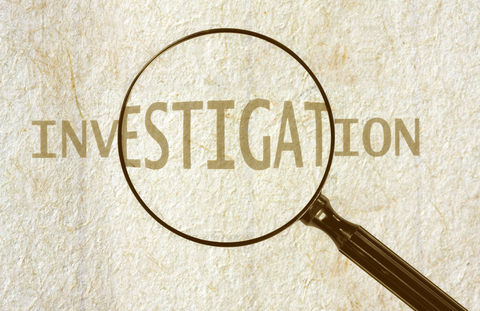Are your biases showing? Avoiding confirmation bias in due diligence investigations
A friend and fellow info pro sent this WSJ article to me, because, she said, it illustrated perfectly how “confirmation bias” often gets in the way of critical thinking. As information professionals, it’s something we strive to avoid, and it can rear its ugly head when we least expect it – in our choice of sources, how we interpret the data, when clients push for their preferred results.
What is confirmation bias?
In a nutshell, you’ve crossed the line when you seek out evidence consistent with your own beliefs and ignore evidence that doesn’t. Here’s one of the best definitions I’ve found, and it’s no coincidence that comes from an investment-related resource, because confirmation bias will definitely lead to bad investment decisions.
Confirmation bias also shows up in journalism, science, war, sports, and any field that requires an open mind – in spite of what you personally think or feel. (The electrician may think the power is turned off, but they always check.)
Investigative research is no exception. Maybe you’ve heard glowing reports about this person or they support causes you can’t tolerate. Making assumptions or cutting corners can lead to a distorted view of your subject. You’ll compile an incomplete report and risk your reputation and your business big-time.
How do we avoid confirmation bias?
When conducting due diligence investigations, it’s essential to keep an open mind and consider all the possibilities. Follow these simple steps to make sure you avoid missing out on the full story:
- Start early – When you’re under pressure and facing a short deadline, it’s hard to be objective. Make sure you start while there’s still time go through your full process or back out of any commitments.
- No stakeholders – If you’re making the ultimate decisions, or if you have any stake in their outcomes, don’t execute the due diligence investigation. Outsource it , or send it to someone who won’t bring their biases to the table. Check with your company’s library or research department for help or referrals.
- Consult multiple sources – In addition to just one side of the story, your single source may contain errors. And when you gather and analyze information from multiple sources, you’ll start to see patterns, contradictions, and multiple sides to the story.
- Verify your sources – Only use trusted sources, and, even then, ask questions. Where do they get their information? What are their biases, and how do they affect the accuracy of this info? Which leads me to #5…
- It’s OK to use sources you don’t agree with – This excellent article from Bob Berkman shows how to think critically about your sources, including those that you might, as Bob says, “dismiss as propaganda.”
- Don’t stop at negative news – While they sometimes have their uses, tools and tricks for filtering out just the bad stuff will leave your investigation lacking. I’d hate to miss the good-news stories, like the one I recently read about our subject’s year-long, round-the-world yacht race. Something like that can tell you more about a person than the negative news.
Any other examples of how confirmation bias can hinder an investigation?



